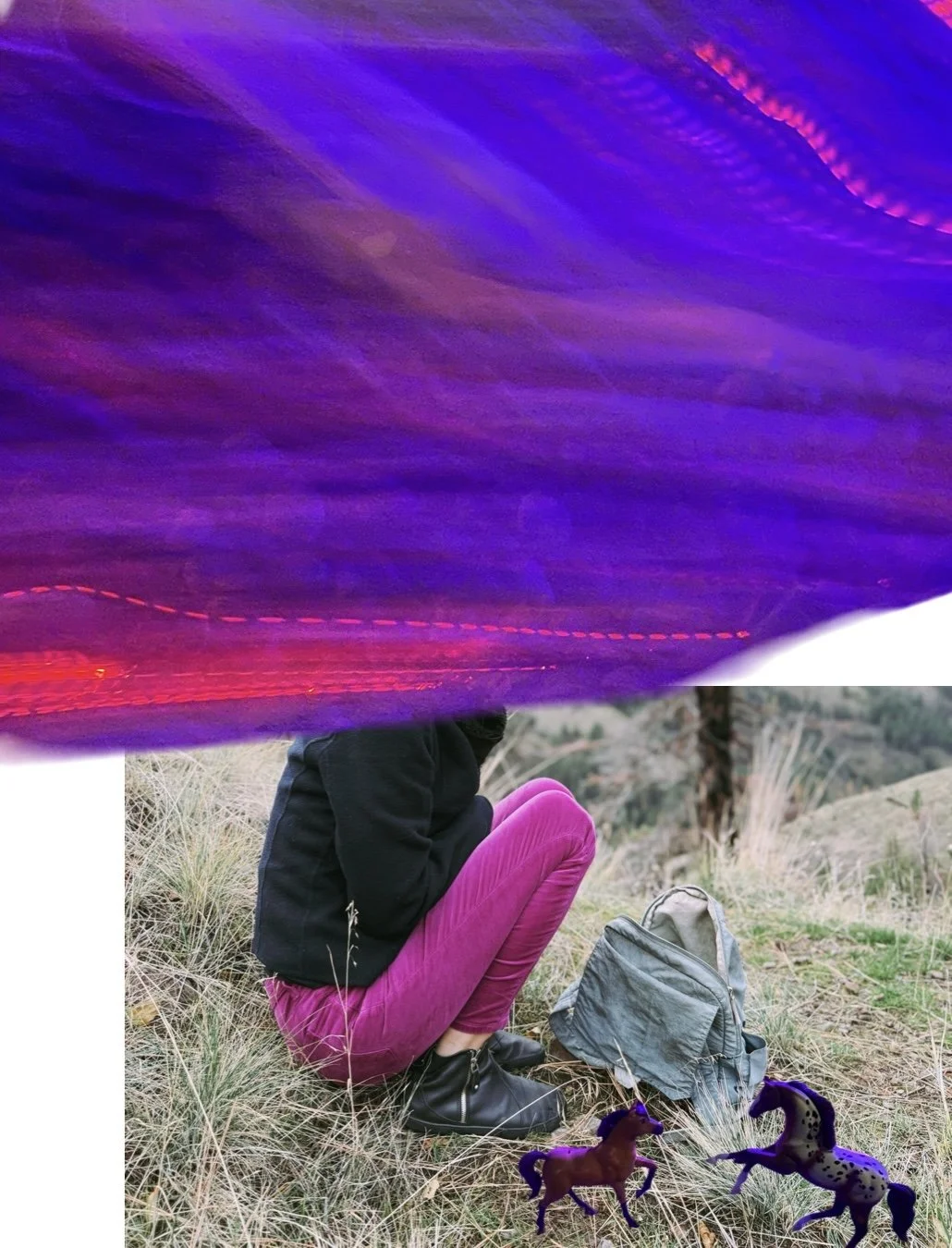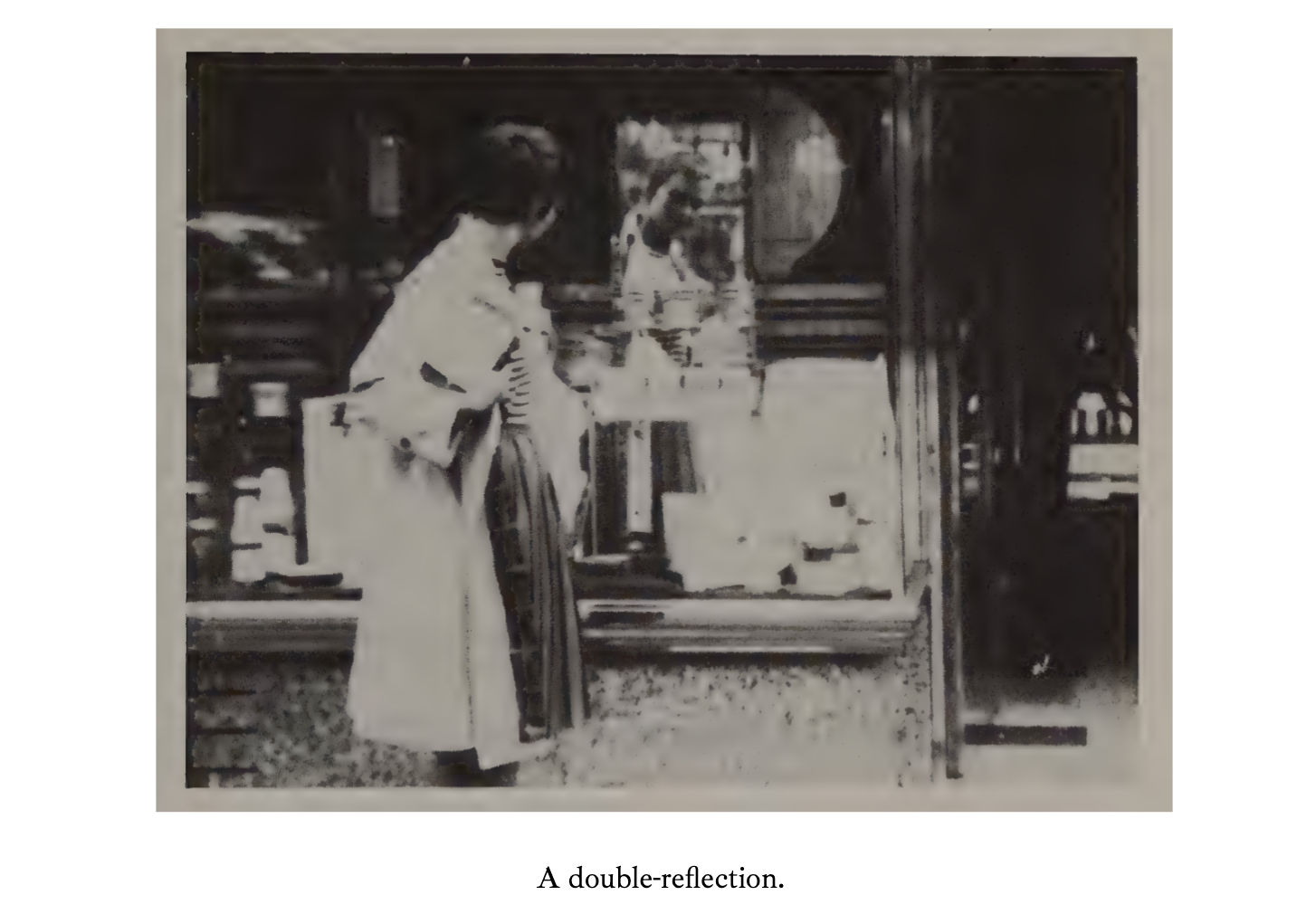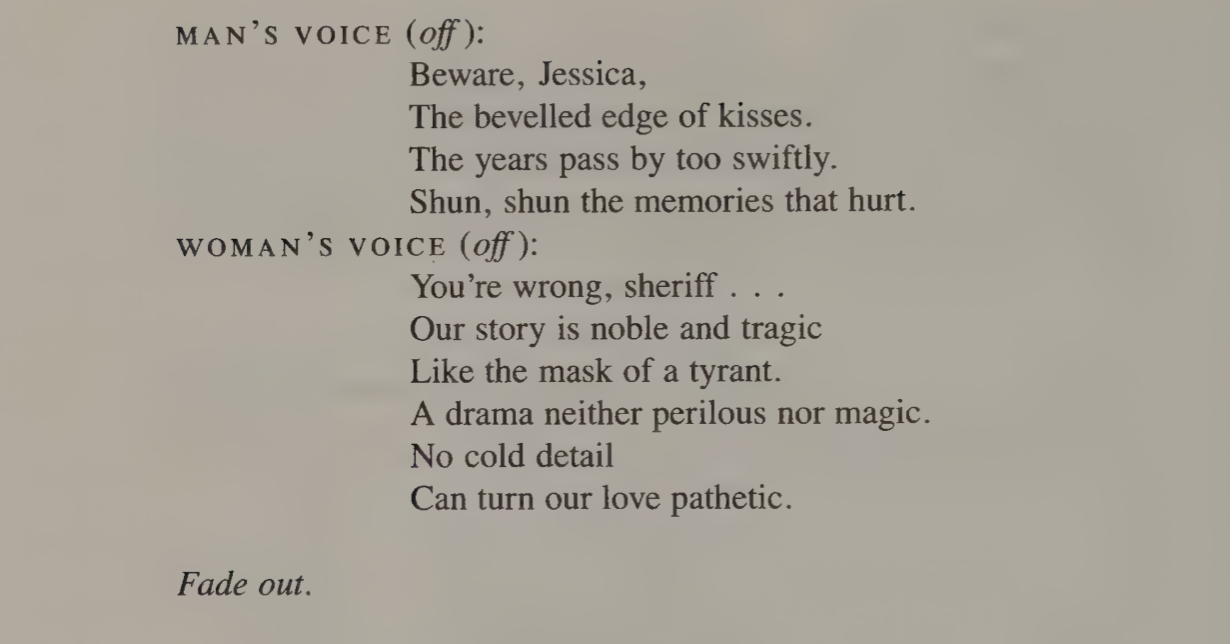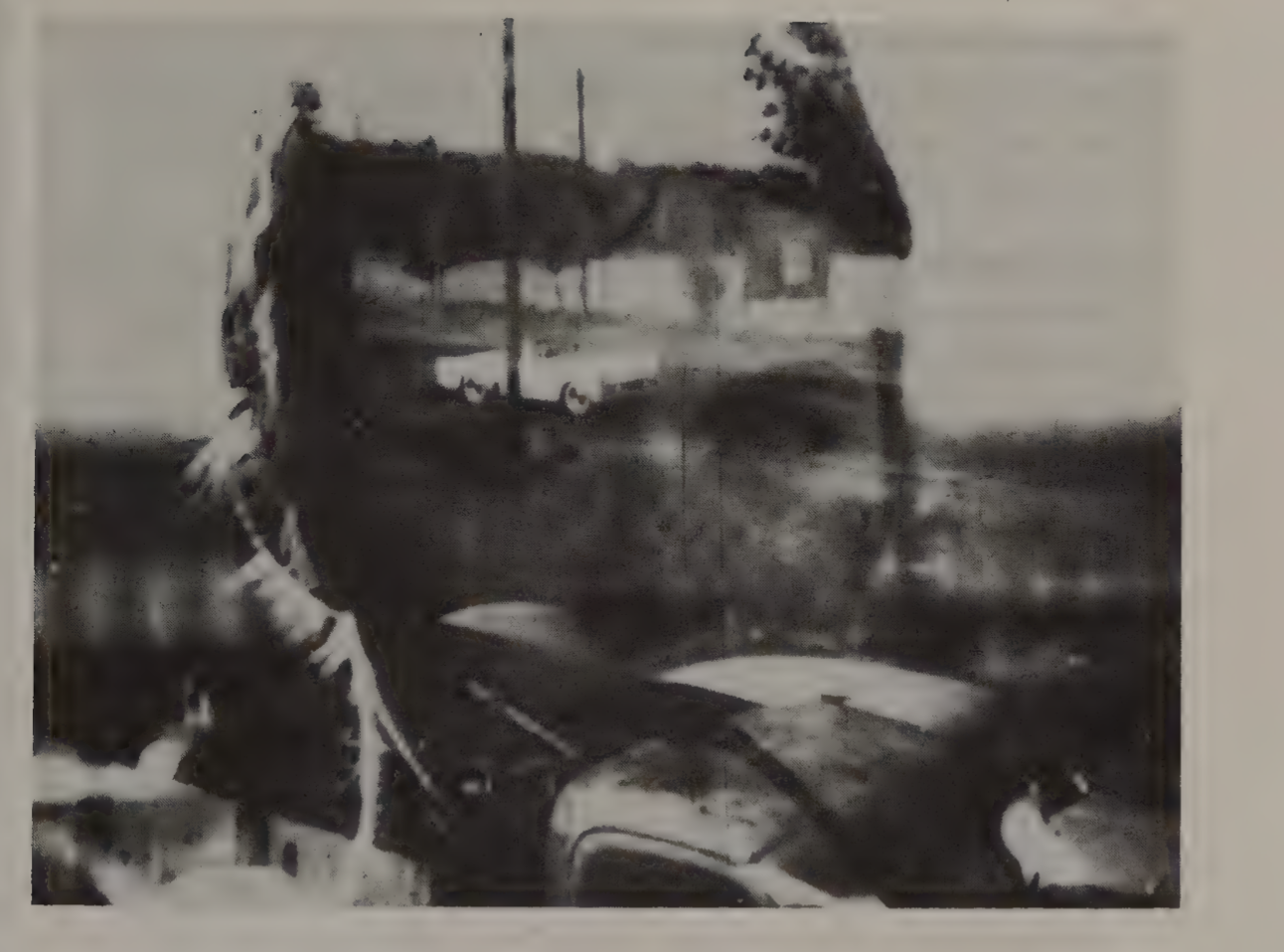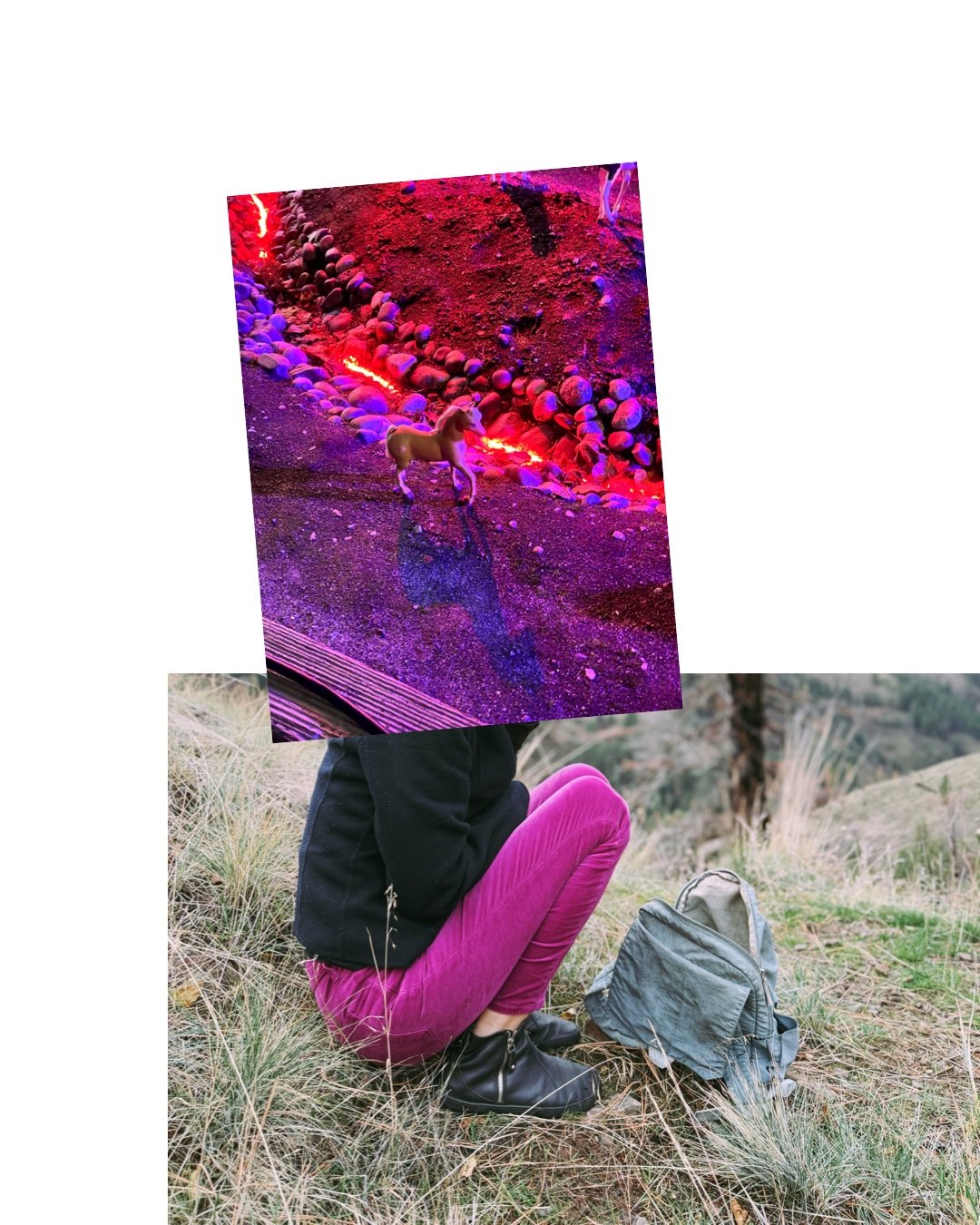”We used to live in a cloud of unawareness, in delicious complicity.”
— Jean-Luc Godard’s Contempt
”Poi piovve dentro all’alta fantasia . . .”
— Dante, Purgatario XVII.25
1
“CINEMA PARADISO”
Commissioned for Zoran Dukić on solo guitar, Stephen Goss’ Cinema Paradiso is a 14-minute piece of “music about film.” Each of the six movements pays homage to an aspect of cinema that has stayed with Goss. Dukić premiered it at the Koblenz International Guitar Festival on June 3, 2017.
I think Goss’s work often lingers at the borders of the temporal, where nostalgia dialogues with form and discontinuity. His profligate use of quotations and stylistic references calls to mind the intellectual self-portraiture buried beneath the heaps of artistic and literary references in Jean-Luc Godard’s films . . .
2
A FUTURE ANTERIOR FEEL.
“Mandalay” opens a conversation with Lars von Trier’s Dogville, which disgusted my peers when it came out in 2003 — and still disgusts many who watch it in 2025. As usual, von Trier’s emotional brutality is unsparing, unbuffered by luscious scenography, aesthetic solace, or spectacle. The world falls apart in variations, as von Trier depicts them, and Dogville’s world calls upon the self-annihilating community in Kurt Weill and Bertolt Brecht’s Rise and Fall of the City of Mahagonny. In this Weimar-echolucting movement, Goss quotes Weill’s screwy accordions and then distorts them as if through a double mirror, situating von Trier’s nihilistic sparsity alongside the vague cabaret of glasses past, darkly.
3
“YOU’RE WRONG, SHERIFF.”
Halo this moment in Godard’s Breathless, where the dialogue comes from voices offscreen, and Man’s Voice recites a poem by Louis Aragon that fascinated Godard, who also quoted it in a written review of Max Ophuls’s La Ronde in 1950 and again – nine years later — in a written review of Jacques Rozier’s Blue Jeans. Then Woman’s Voice quotes a poem by Guillaume Apollinaire. A duet after my own heart, this. A mode I still love dearly: the (off) (off) like a pair of monosyllables that may be moon-shoes.
4
LIGHT AND NOIR: CONTRASTS.
The “Paris, Texas” movement draws on the unforgettable atmospherics of Wim Wenders's film. According to Goss, this movement explores “the similitude between the vast open spaces of the Texan desert and the internal emptiness of solitude through loss” and “alludes to Ry Cooder's haunting soundtrack.”
The “Noir” movement, on the other hand, pays homage to the film genre known as Film Noir. The mood is Miles Davis’s score for Asenseur pour l’échafaud (1958) and Duke Ellington’s Anatomy of a Murder (1959). “A sleazy, seedy, smoke-filled room music of dark corners,” Goss calls it.
5
THE PRODUCTION OF TIME.
The movement titled “Modern Times” plays with a scene from Charlie Chaplin's Modern Times, where Chaplin's character is working on a factory production line and the music shifts gear as the camera switches attention from one machine to another. Soon, or “before long,” Chaplin “can't keep up” with the conveyor belt and “ends up being swallowed by a large machine.” After “racing out of control,” the “machine” “grinds” to “a halt.” Then, as “it starts up again” Chaplin is “gently regurgitated” and “production” “can” “continue.”
6
BIRDSONG AS SCOPE AND HOPE.
The “451” movement converses with François Truffaut’s dystopian Fahrenheit 451 (1966), set in a world where reading is banned and all books are burned. The auto da fe is continuous. Truffaut’s film follows the “the book people” who live on the fringes of this society learning books by heart and teaching them to one another to keep the books alive. To keep with this idea of absented texts, guitarists who wish to perform the 451 movement must be taught how to play it from someone who knows it, or else learn it from a recording or video. Goss burned the original score.
7
DANCING TO DEATH.
Form is the fire here. For the “Tarantino” movement, Goss wrote a tarantella, an Italian musical folk dance form based on a couple’s dance linked to the belief that dancing could cure the bite of the tarantula spider. For the condition known as “tarantism,” the cure is a “dance to death.” Yes, Goss is shadowing the spider bite and the prick of the heroin needle in Tarantino’s Pulp Fiction.
*
“The imagination is a place where it rains inside.”
— Italo Calvino, 1988
